There is a bit of hallowed ground in the Ben Hill section of Atlanta along Austin Road, S.W. though many have no idea. For over 150 years the property was home to the only camp ground meeting site in Atlanta – Mount Gilead Camp Ground. Only a few acres of the original two hundred plus acres remain but from 1834 to 1988 local Methodists held camp meetings there lasting from ten to fourteen days every August.
The camp meeting was an outreach of the Mount Gilead United Methodist Church which sits a few miles away from the camp ground and holds the distinction of being the oldest church in Fulton County dating back to 1824.
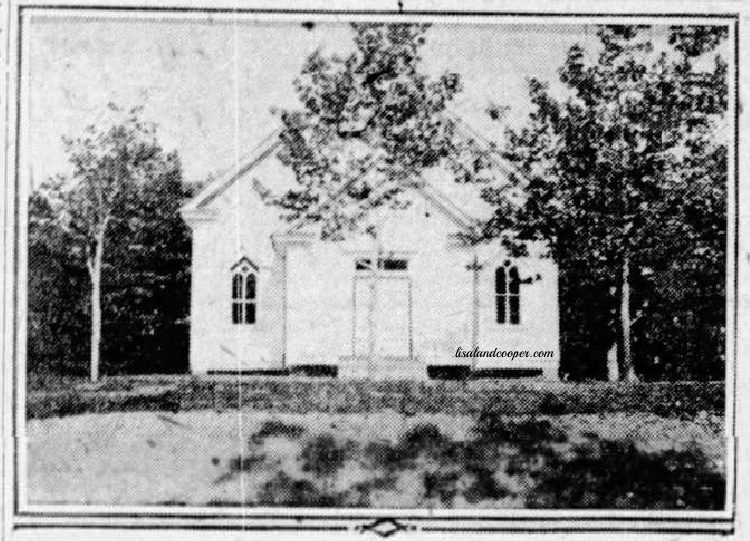
The church was organized by a group of early settlers including Reverend John Milton Smith (1789-1863), the church’s first pastor, and it was Smith who donated the land that had belonged to his father-in-law, William Suttles (1731-1839), for the purpose of a “prayer meeting arbor.”
This area had originally fallen into Henry County following the Treaty of Indian Springs in 1821 where the Muscogee ceded their territory of at least four million acres east of the Flint River. From this vast territory the Georgia Land Lottery Act of 1821 created five counties – Dooly, Houston, Monroe, Fayette, and Henry counties. By December 1821, the land surrounding what would become Mount Gilead Camp Ground was moved from Henry to Fayette County. Another change occurred when DeKalb County was created in 1822 and the camp ground area was included within its boundaries. Finally, in 1853, the camp ground was placed within the boundary lines of Fulton County where it remains today.
During the 1820s and 1830s camp meetings were often used in remote rural areas when early settlers wanted to reach out to as many people as possible in a revival type of service where preaching and singing would be the focus for a few days. It was a great way for the pastors to save as many souls as possible and for those attending to hear some of the more popular men of God of that day.
The custom of holding camp meetings is one of the oldest in the history of the world. In ancient times the Hebrews held their Feast of Tabernacles after the close of the harvest season, carrying with them as offerings to God the first fruits of their toil and labor. The early settlers in this area repeated this by scheduling the camp meeting at Mount Gilead in August during a period they referred to as laying by time – when the crops had been planted, hoed out, and were a bit easier to maintain.
Camp meeting time meant lots of preaching, singing, good food, and visiting with family and friends – some that were only seen once a year during camp meeting. Some came from just down the road a piece while others traveled a good distance from various points across the state.
Though I had known about the camp ground for years I delved into its history as part of my research regarding the Red Oak community in South Fulton for a new book I’m currently drafting regarding Red Oak and its environs from the 1820s through the 1970s. Many of the earliest Red Oak families were associated with Mount Gilead Methodist Church and the camp ground as well as rest in the church’s cemetery.
In the beginning folks attending the camp ground at Mount Gilead worshipped under a brush arbor fashioned from the branches and underbrush that were piled over wooden frames. A more permanent structure was fashioned in the mid-to-late 1830s but was destroyed by fire during the Civil War by Union soldiers. A replacement was not built until 1867, but this building fell in due to heavy snow fall in 1879. The building in the image below is the arbor or tabernacle that was built and ready for services the August following the great snowfall.
During my journey through the research, I continually saw references to the permanent brush arbor structure as “the tabernacle,” “the arbor,” or “the brush arbor” even though the branches and underbrush were long since gone. I saw the same thing with the tents campers used, too. During the earliest years people camped in their covered wagons or tents, but later some families built crude one to two room structures they used during camp meeting time, but though they were permanent, they were still referred to as tents.

Between 1870 and 1880 the number of tents grew to around sixty and encircled the brush arbor in a rude square. Over time they disappeared for various reasons – fire, decay, termites, and due to Atlanta city code violations and were not replaced. By 1930, only twenty-five tents remained. By 1982, there were just four, and the organizing committee elected to stop on site camping for the first time. It was reported that the decision was quite traumatic for those older attendees who had camped at the hallowed ground since they were children.
Camp meeting time was not only for great preaching and good singing, but it was also a time of visiting with friends and family, and sometimes the young folks did a bit of courting. A past time for the young people to engage in was taking a walk to the property’s natural spring.
Following the final prayer after each service folks would wander off in several directions from the brush arbor tabernacle to gather in groups of various sizes to discuss the service or simply visit with one another, but just before the benediction during the evening service on August 14, 1904 an announcement was made that a wedding would be held immediately following the final prayer. While many couples had met and courted during camp meeting each year, a wedding following one of the services was a bit unusual, so there wasn’t a single soul who stirred from their seat wanting to see what would come next.
It was, the happy couple said later, a spur of the moment decision, even though they had been engaged for some time. However, they had no idea that their spontaneity would end with approximately five thousand camp ground attendees witnessing their union.
The young couple certainly had no problem finding a minister since there was a “generosity of preachers” at the camp ground that day. In fact, there was such a number that it was almost embarrassing in that the couple had to look from one pastor to another to choose. There were in fact eight, maybe ten, men of God to choose from and time was short. The couple quickly narrowed their choice and asked Reverend Charles W. Byrd of the First Methodist Church of Atlanta to marry them. The remaining pastors wasted no time to step forward to serve as witnesses or volunteer to pick up the service should Reverend Byrd fall ill in the next few minutes or not be able to continue the service for some other reason. With so many men of God in attendance no one would be able to argue that the happy couple was not only married, but very much married.
While the wedding couple was choosing their minister several of camp meeting attendees stepped forward and quickly began to erect a marriage altar using various things on hand. Perhaps someone gathered flowers from one of the nearby fields for the bride to hold in her hands.
Of course, some expected wedding ceremony traditions during that time had to be overlooked. “There was no throwing of rice when the ceremony was over because there was no rice to throw. As for old shoes, if there were any, they could not have been used for the purpose of hurling good luck at the young couple without causing individual embarrassment.”
Even though the wedding was so sudden the happy pair was given a cordial reception, but at the suggestion of the groom, the custom of kissing the bride was not started because there were hundreds, and it might be a trifle wearing to the bride and take too long.
The groom was Paul DeWitt Selman (1884-April 24, 1953), of Douglasville, the son of Dr. Joseph Landrum Selman (1855-1919) and Nannie (Abercrombie) Selman (1860-1934). Dr. Selman opened the first drugstore in Douglasville in 1884 with his brother-in-law, James B. Abercrombie (1862-1924), Selman & Abercrombie. Later the business name would change to Selman & Son Drug Company when Paul, a pharmacist, moved home to help his father in the business.
The bride was Jessie Gertrude Camp (1886-May 2, 1953), of Atlanta, the daughter of Charles Langley “Lang” Camp (1860-1950), a thirty-three-year veteran of the Atlanta Police Department. For many years he was humane officer dealing with animal neglect, mad dogs, and loose animals. Jessie’s mother was Ramath (Parker) Camp (1865-1933).
The bride and groom both had pioneer grandparents that arrived in old Campbell County (now South Fulton and Douglas County) in its earliest days.
Paul’s paternal grandfather was James Knox Selman (1809-1866) who arrived in the Chapel Hill area of old Campbell/Douglas County in the 1850s and is buried at Holly Springs Cemetery with his wife, Elizabeth F. (Hurt) Selman (1810-1879), daughter of Wiley Hurt. His maternal grandfather William Sanford Abercrombie (1834-1862).
Jessie’s paternal grandfather was John L. Camp (1838-1921) who was the sheriff of Campbell County. He was re-elected for several terms between 1874 and 1895. Memoirs of Georgia (1895) says, “…in the administration of his office Sheriff Camp is utterly fearless, and has taught law breakers that Campbell County is not the place for them…” Her maternal grandfather was also an early Campbell County pioneer, John Alexander Parker (1828-1900), buried at Enon First Baptist Church cemetery now in the city of South Fulton.
A few days after the impromptu Mount Gilead wedding this photo of the beautiful bride appeared in The Atlanta Constitution.
Soon after the wedding Paul and Jessie left the camp ground and went to her parent’s house on West Mitchell Street in Atlanta where “the blushing bride was introduced to her parents as Mrs. Selman.
It was said almost everyone cried and blessings followed.
Everyone hoped that “Prince and Princess Selman would live in some little Douglasville castle or some Douglas County forest happily ever afterward, just as they always do in the fairy tales,” but real life isn’t a fairy tale, and the Selmans experienced highs and lows like any young couple.
Paul was a pharmacist and early on their marriage Paul and Jessie lived in Douglasville where Paul worked with his father. In fact, the 1910 census indicates Paul and Jessie were living in Douglasville at that time. This is the same location in Douglasville that would house other drug stores through the years. Most recently the space was home to the former Irish Bred Pub.
This ad shows Paul as the proprietor of J.L. Selman and Son in 1921.
Paul would eventually move on to Atlanta where he owned Peachtree Pharmacy at 489 Peachtree Street which was at the Linden Avenue corner. In 1940 the pharmacy was in the same spot, but carried the address of 557 Peachtree Street, N.E. Paul also owned a store at Ponce de Leon Avenue and Juniper Street, N.E. for three years (122 Ponce de Leon Avenue N.E.).
Paul and Jessie were blessed with two daughters who were often mentioned in Atlanta’s society pages and both would attend Shorter College in Rome, Georgia. The oldest was Pauline Selman (1905-1924).
The younger daughter was Bessie Jo Selman (1908-1993) who married John Joseph “Jack” Cota (1903-1992) at the family’s Ponce de Leon Avenue home in 1933. Cota was a violin player and at the time of their marriage was associated with Murphy & Cota, distributors of electrical supplies. Bessie Jo rests at Westview Cemetery in Atlanta along with her husband and her parents.
If you notice, Pauline did not live to graduate college or eventually marry. She was tragically killed in an automobile accident in 1924 during a weekend visit to the Quitman, Georgia home of a Shorter College friend, Myra Wade. Pauline and three other girls – Annie Lyde Powers, Rebecca, and Ida Bowman (sisters) – had made the mid-January 1924 trip. While visiting Myra, the girls decided to travel from Myra’s home to nearby Thomasville and planned to return by dinner.
Twelve miles west of Quitman Myra lost control of the car. Ida was thrown through the windshield, but lived, suffering several lacerations. Annie and Rebecca were in the backseat with Pauline. They were thrown clear as was Myra, the driver. Pauline remained in the car as it turned over at least once from what I can determine from news reports. She was immediately taken to the home of Dr. W.C. Lundy in Boston, Georgia, but would not regain consciousness or survive her injuries. She died on January 13, 1924.
Paul and his wife are buried at Westview Cemetery. They died a few days apart with Paul passing away first due to a heart attack on April 24, 1953. Jessie had been ill about a year when she died eight days after Paul on May 2, 1953.
At the time of his death Paul had been a pharmacist for fifty years and was one of the oldest members of the Georgia Pharmaceutical Association.
My research indicates the trustees of the camp ground transferred the property to the Atlanta-Southwest District of the North Georgia Conference of the Methodist in 1966 and the final camp meeting was held in 1988. I’m not sure who has ownership of the last twenty-two acres of Atlanta’s hallowed ground, but it recently became for sale for nearly five and half million dollars. You can see the Zillow link here.
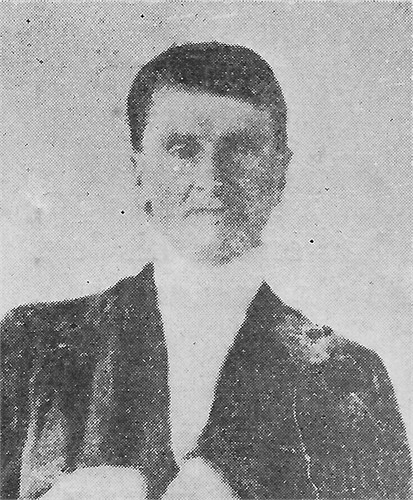
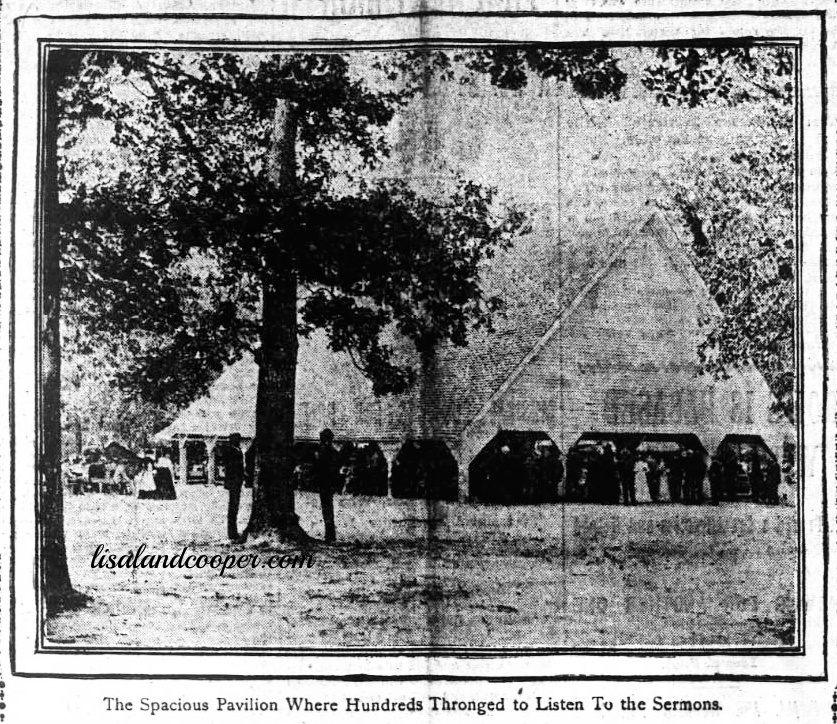
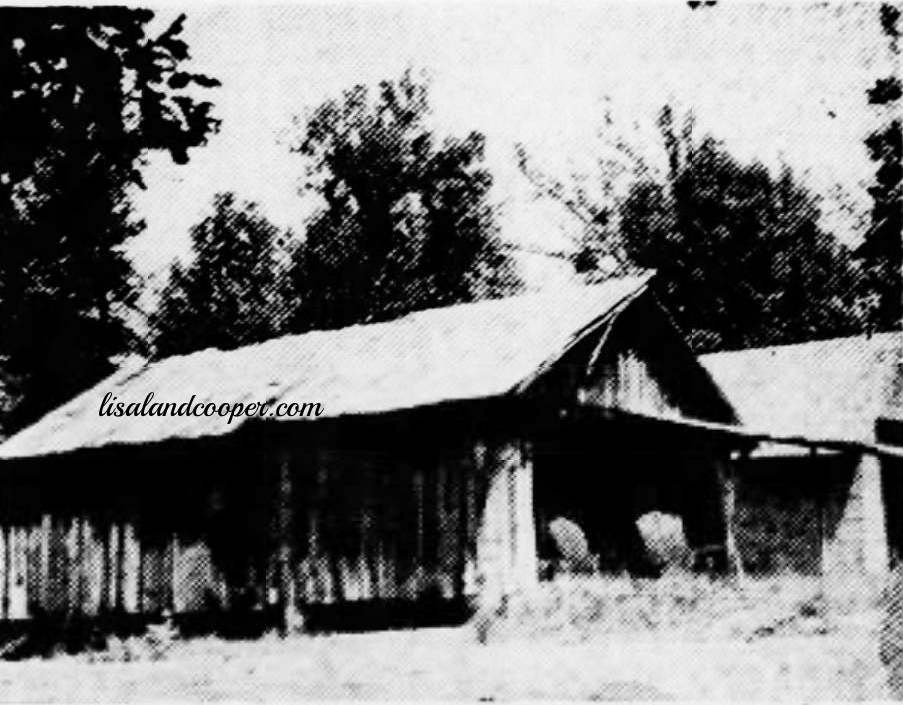

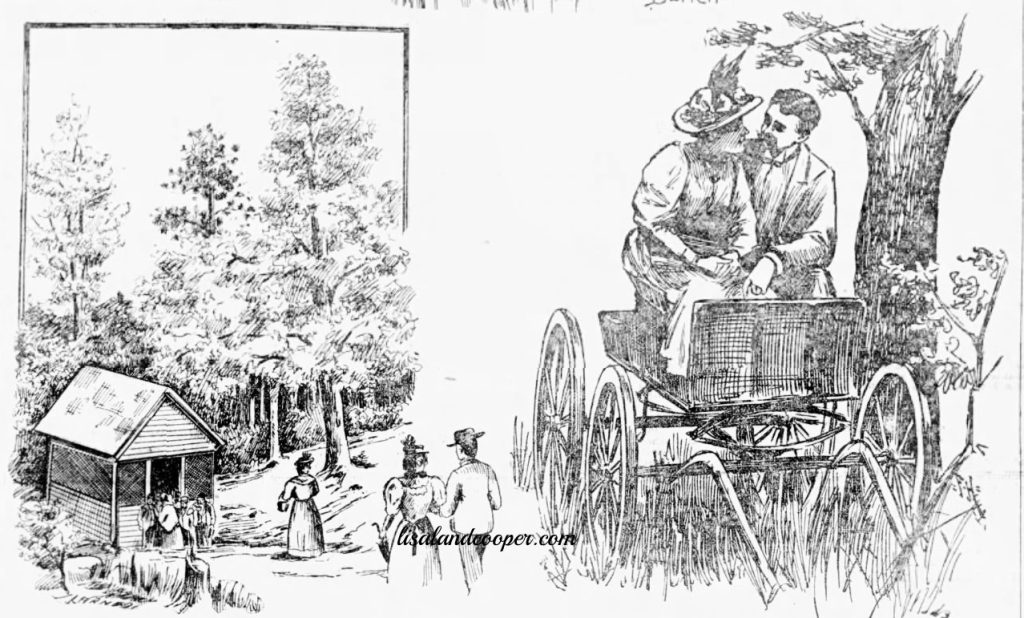
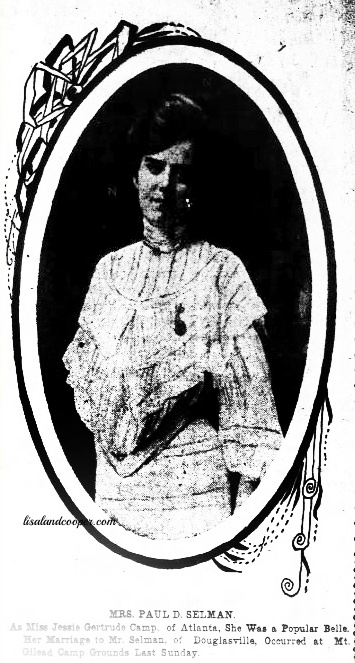
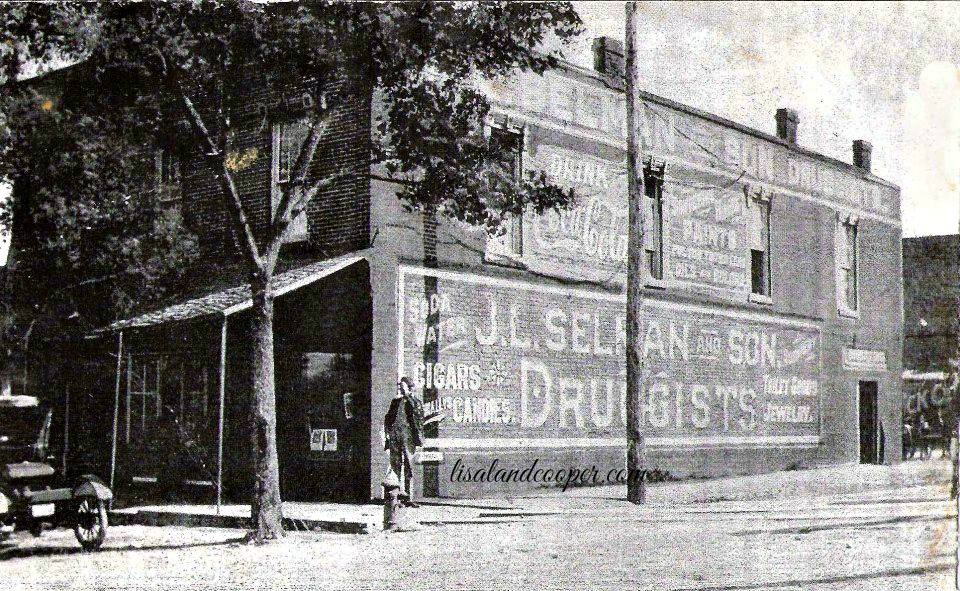
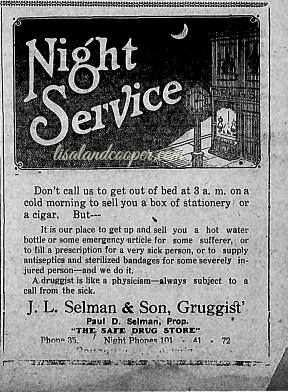
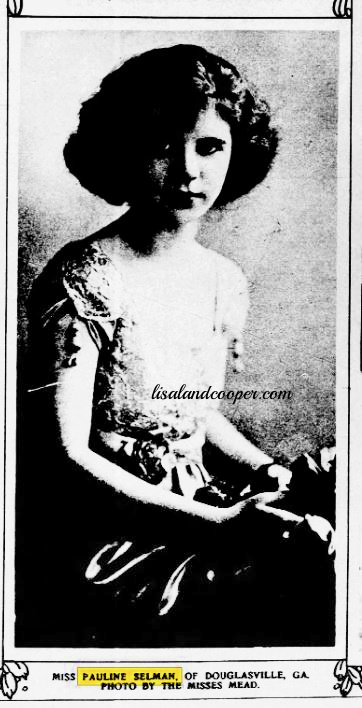
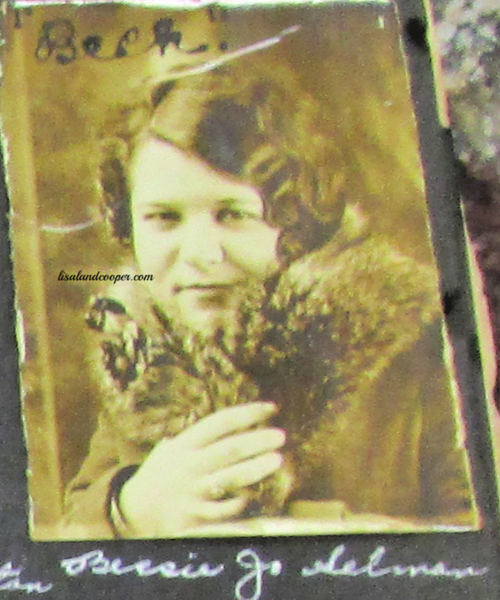
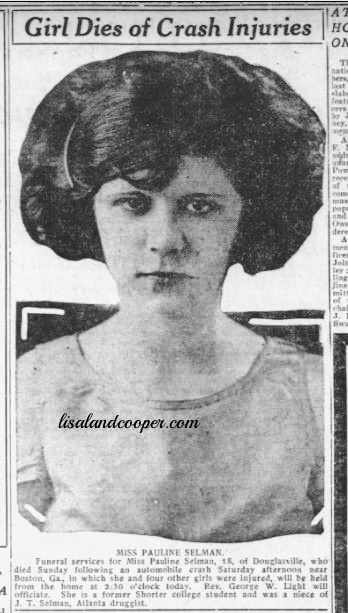
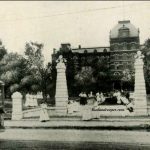
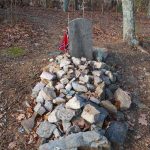
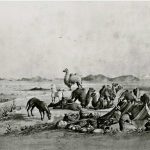
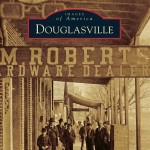
Leave a Reply